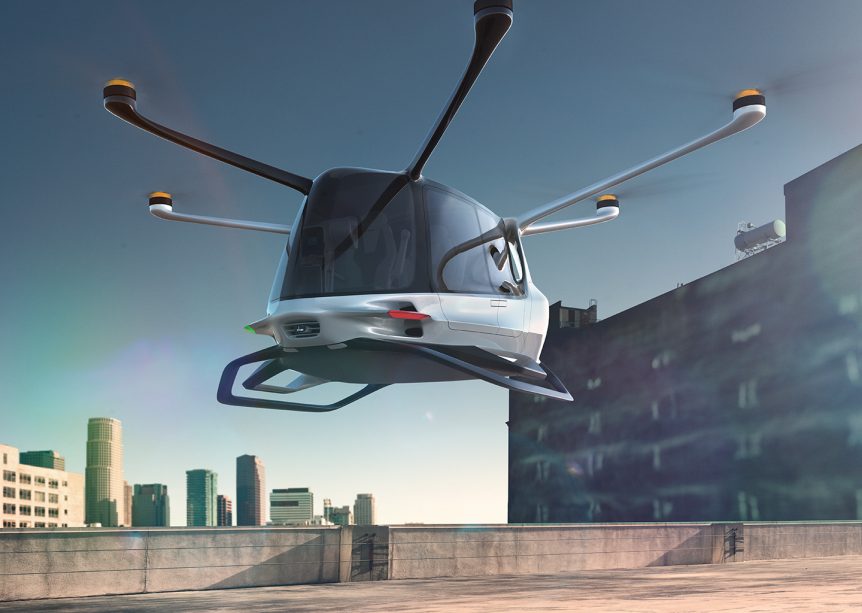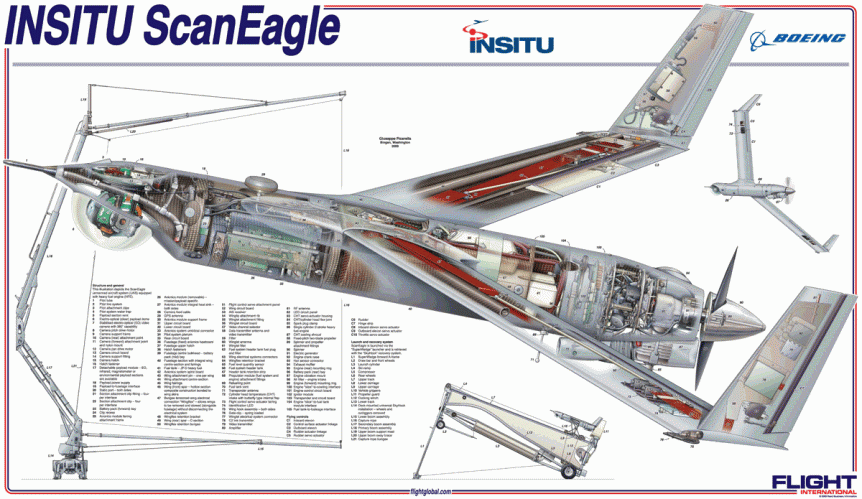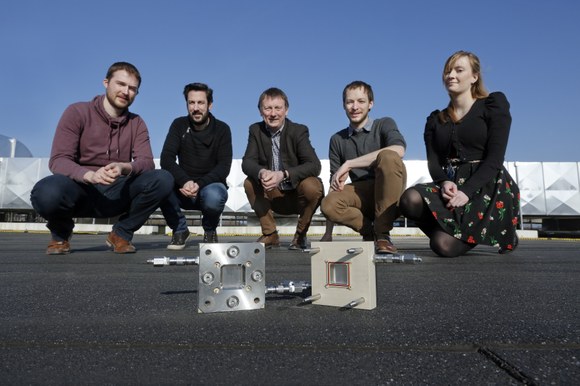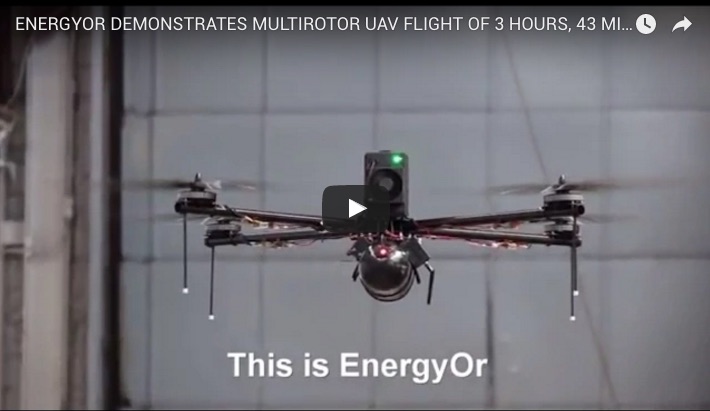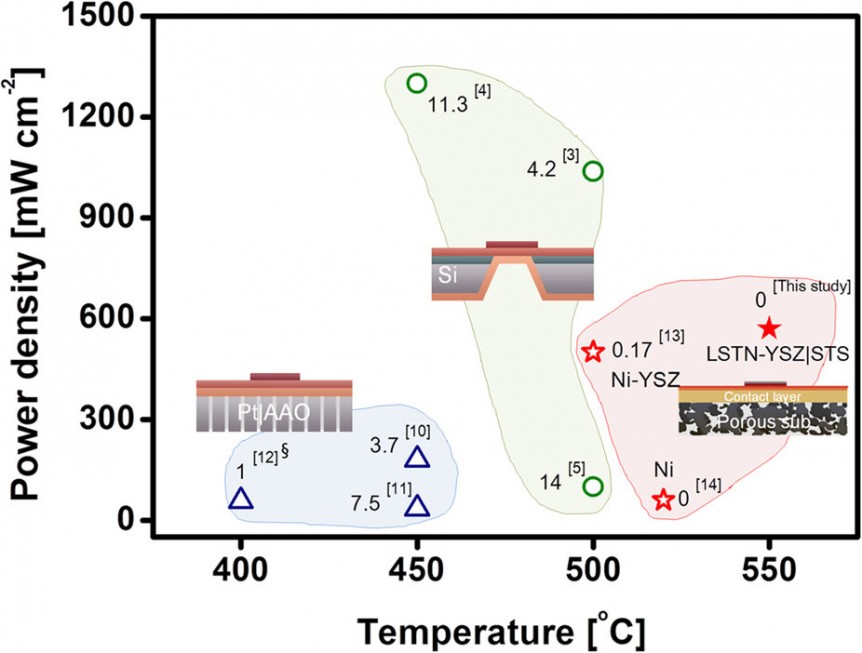Alaka’I is Hawaiian for “the value of leadership” according to an island management consulting firm. The word and the company have found a home in Boston, Massachusetts, where they look over the Alaka’i Skai, a hydrogen-powered sky taxi that will offer “point-to-any-point transportation that [is] safe, simple, zero-emissions, affordable and comfortable.” Alala’i, founded by Brian Morrison, adds a hydrogen fuel cell hybrid-electric craft to the eVTOL market with a design by BMW-owned Designworks. From above, it looks a bit like a water-skipper, probably an apt look considering its fuel. Alaka’i emphasizes three points in its sales literature: simplicity, safety and the cleanness of its fuel and operation. With several patents supporting the aircraft the machine supports its creators’ backgrounds, including 20 years with NASA. Alaka’I claims the fuel cells are 95-percent reusable, the remaining five percent are 99-percent recyclable, with longer duration and range than its current competitors. Its “simple” fuel system with three separate fuel cells enables its ability …
Ballard and Insitu Team on Fuel Cell-Driven Drone
Another pair of heavy-duty partners, Ballard Power Systems of Canada, normally powering city buses; and Boeing, through its subsidiary Insitu, team to create and fly viable fuel cell systems for drones. Insitu’s ScanEagle is already a world-beater for range and endurance, but it uses an internal-combustion engine (ICE), that although frugal, is not entirely green. Green Car Congress reports, “ScanEagle is 1.55 meters (5.1 feet) in length, has a wingspan of 3.11 meters (10.2 feet) and [a] maximum takeoff weight of 22 kilograms (48.5 lbs). The UAV can fly at a maximum speed of 41.2 meters per second (80 knots), reach a ceiling of 5,944 meters (19,500 feet),” and has flown over one million mission hours, making it a leader in multiple applications. Ballard’s Protonex® fuel cell systems have been used for over a decade to power drones of varying sizes, but all with ranges and endurance equaling or exceeding most of their ICE cousins. Improving the Breed In a December …
Roof Top Hydrogen-Generating Solar Cells for Vehicles
Students at the University of Leuven, the Netherlands, have won the first Energy Award, sponsored by Febeliec – the association of industrial energy consumers, a Belgian trade association. Their miniature solar panel produces hydrogen gas when exposed to sunlight, not unlike “artificial leaves” of other researchers. The bioscience engineers crafted a small square panel that can be mounted to rooftops, including those of cars, to convert water vapor in the air to H2 that could feed fuel cells in the building or vehicle. This could also reduce CO2 “on a large scale to convert it into useful substances,” according to the team of young scientists. Generating electricity and producing hydrogen at the same time is a neat trick, but the roughly foot-square generators could be combined with more conventional solar cells to provide both electricity for immediate use and H2 to be stored for use on demand. This coexistence concept would help overcome the relatively low output for the current …
EnergyOr Ups the Ante for Endurance
Staying airborne for more than an hour or two might seem like a huge leap for battery-powered electric aircraft. Inspired designers like Eric Raymond have been able to use solar cells to extend their flights to near-perpetual states. A large craft like Solar Impulse 2 remains in flight for up to five successive days and nights only through careful energy management and flight planning. Researchers are looking at hydrogen fuel cells as an alternative to batteries, with the hopes of achieving greater endurance. One company, EnergyOr, has developed two still small fuel cells to power their rotary- and fixed-wing drones, setting several records in the process. With payloads and maximum takeoff weights that enable carrying a 4K camera or large hydrogen tanks for long range flights, EnergyOr’s aircraft have demonstrated their abilities. The small experimental fuel cell described in our last entry is good news for small-scale drones – until the researchers scale things up to suit larger applications. Their …
Fuel Cells for Drones: Going for Endurance
Several fuel cell developments show there are lots of options for burning hydrogen, if we can only make and distribute it in great enough quantities. Most noteworthy, fuel cells could provide increased endurance and range compared to batteries. Professor Gyeong Man Choi and his Ph.D. student Jun Joong Kim, working at the Pohang University of Science & Technology (POSTECH) in South Korea, have developed a miniaturized solid oxide fuel cell (SOFC) that can fly a drone for more than an hour. On the consumer front, their fuel cell would allow cell phones to be charged just once a week. The professor and his students created the fuel cell to directly replace the batteries normally found in cell phones, laptop computers, and drones. Their third generation SOFC “has been highly evaluated” because it is not restricted to smaller forms, but could be scaled to larger capacities “that can be used for a vehicle.” The fuel cell has a simple structure and …
Buckeye Electric Racing Teams Push Several Envelopes
Despite weather conditions that made hoped-for speeds impossible, the Ohio State University Venturi Buckeye Bullet team set a so-far unofficial one-mile record of 240.320 mile per hour (386.757 kilometers per hour) in their Venturi VBB-3 streamliner. The aptly named Bullet suffered damage from the rough track because of recent rains on the 12-mile stretch. Normally, the Bonneville Salt Flats are smooth enough to allow re-use of the vehicle. The Columbus Dispatch reported on the home team. “’We went faster than we have ever gone with this vehicle, but it was a very difficult week on a very bumpy track and we have done some damage to the vehicle from extreme vibrations,’ said David Cooke, a mechanical engineering graduate student at Ohio State and a leader of the team, in a statement provided by the school.” The Dispatch adds, “The record, which still needs to be certified by an international governing body, is for a specific vehicle type: Category A Group …
H2 – Many Benefits, Many Challenges
The benefits of hydrogen are fairly obvious. It would almost necessarily be a domestically produced material with few environmental shortcomings if made by clean processes. The challenges to be overcome are many and varied, though – with the biggest obstacle to wide-spread use being in the distribution of the fuel. The U. S. Department of Energy, on its Fuel Economy.gov web site, concedes, “The current infrastructure for producing, delivering, and dispensing hydrogen to consumers cannot yet support the widespread adoption of FCVs (fuel cell vehicles).” As different strategies are tested and adopted, this is likely to change, as are the costs for fuel cells and their longevity. Auto makers, working to bring FCVs to market, have dropped prices from the million dollar estimate for a Honda Clarity at its introduction to a few lucky individuals in 2008 to the projected $50,000-$100,000 price range at which its successor, the FCV, might be introduced today. The same type of controversy surrounds this …
H2, Where Are You?
Elon Musk publicly disdains hydrogen-powered automobiles, but then he has $5 billion riding on his battery megafactories and continued success with his Tesla line of automobiles. Others with a more disinterested point of view discuss H2’s difficulties – and its promise as a vehicle fuel. America, for instance, has a mere 128 hydrogen fueling stations, and the European Union only 143 as of February 2012. Even with planned expansion of this infrastructure (California is spending $180 million in private and public funds on a planned 46 stations), the landscape might not be ready for large numbers of fuel cell vehicles for a decade or more. For comparison, there are about 29,000 battery-charging stations in the U. S., with both government and private enterprise offering such services. The Kohls store and all Walgreens Pharmacies in my area have plug-in stations for EVs, for instance, and the I-5 freeway, from British Columbia to Baja, California, has stations every 25 to 50 miles. With battery-powered EV and …
Batteries, Fuel Cells – or Something Else?
We’re coming to a parting of the ways in energy storage development for electric cars. Or we may be coming to a joining of technologies in new and previously unimagined ways. One side, led by Elon Musk and his Tesla Empire, promotes battery power and development. Yet, in Tesla’s home state of California, government and private investments in hydrogen vehicles is growing. Several Asian and European automakers are bringing out fuel cell powered vehicles in the face of low numbers of existing fueling stations. For all the promotion from either side, future “green” cars may become too expensive for private ownership, and various approaches to providing personal mobility may replace the traditional owner-driver model. Regardless of the outcomes or market shares, the technology will be applicable to personal aviation, although perhaps at a significant price. Battery-Powered Vehicles Lead – For Now According to EV World, “In the last year, global registrations of electric vehicles from the first three years of …
Raising Cane at the Battery Works
What if a battery could be made with higher energy and power densities than those currently available, while exploiting a natural material that’s both abundant, recyclable and inexpensive? Last year, the blog reported on Y. H. Percival Zhang’s work with xylose, a sugar found in most plants, to make hydrogen that could be used in fuel cells. Dr. Zhang, with a Ph.D. in chemical engineering and biotechnology from Dartmouth University, draws on his unique pair of specialties to inspire his forays into developing novel ways of extracting energy from natural sources. His latest effort is a battery that runs on maltodextrin, a polysaccharide made from the partial hydrolysis of starch. That starch can be derived from almost any type of plant, a ubiquitous and non-food-based source. This makes for a tidy life cycle, extracting the raw materials from nature and being able at the end of the battery’s long and refillable run to return them to nature without fear of …
- Page 1 of 2
- 1
- 2

